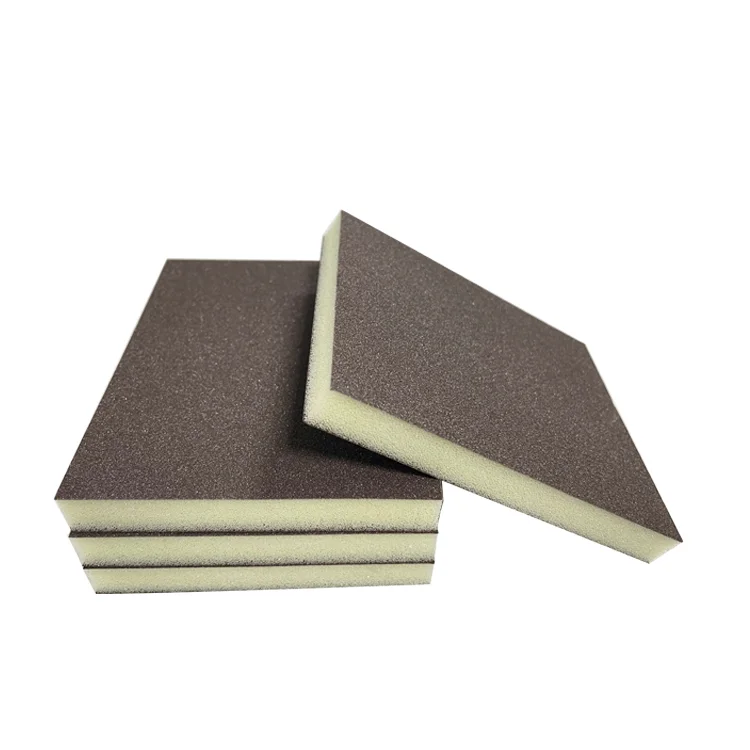In today's fast-paced world, efficiency is key. Whether you are a professional photographer, a student working on a project, or simply an individual looking to save resources, the ability to print on both sides of photo paper can be a game-changer. In this blog post, we will explore the benefits, techniques, and considerations for double-sided printing on photo paper, providing you with the knowledge to make the most of this feature.
- Understanding the Advantages of Double-Sided Printing:
Printing on both sides of photo paper offers numerous advantages, including:
- Resource Conservation: By utilizing both sides of the paper, you can reduce paper waste and contribute to a greener environment.
- Cost Savings: Double-sided printing allows you to maximize the usage of your photo paper, ultimately saving money in the long run.
- Convenience: Having information or images on both sides of a single sheet of paper can enhance organization and ease of use.
- Choosing the Right Photo Paper:
To achieve optimal results, it is crucial to select the appropriate photo paper for double-sided printing. Consider the following factors:
- Weight and Thickness: Opt for a photo paper that is specifically designed for double-sided printing to prevent ink bleed-through and maintain image quality.
- Finish: Matte or satin finishes are generally recommended for double-sided printing, as they minimize glare and provide a professional look.
- Preparing Your Printer:
Before embarking on double-sided printing, ensure that your printer is equipped to handle this feature. Check the printer's user manual or manufacturer's website for specific instructions. Additionally, follow these steps:
- Update Printer Drivers: Ensure that you have the latest printer drivers installed to optimize compatibility and performance.
- Adjust Printer Settings: Access the printer settings menu and select the double-sided printing option. Customize settings such as paper type, print quality, and orientation to suit your requirements.
- Designing Your Document:
To make the most of double-sided printing, consider the layout and content of your document:
- Margins and Bleed: Leave sufficient margins and account for potential image bleed-through when designing your document to maintain a professional appearance.
- Content Arrangement: Organize your content strategically, considering the flow and readability when flipping the page. Ensure that important elements are not obscured or compromised.
- Printing and Handling:
Once you have prepared your document, it's time to print and handle the double-sided photo paper with care:
- Test Print: Before printing a large batch, perform a test print to ensure the desired alignment and quality.
- Drying Time: Allow sufficient drying time between printing on each side to prevent smudging or ink transfer.
- Handling: When handling the printed double-sided photo paper, hold it by the edges to avoid fingerprints or smudges.
Conclusion:
Double-sided printing on photo paper is a valuable technique that can enhance efficiency, save resources, and reduce costs. By understanding the advantages, selecting the right paper, preparing your printer, designing your document thoughtfully, and handling the prints with care, you can achieve professional results. Embrace this technique and unlock the full potential of your photo paper, making a positive impact on both your work and the environment.



